Meet Nicole Lampl | Director/Curator of the Reeves House Visual Arts Center
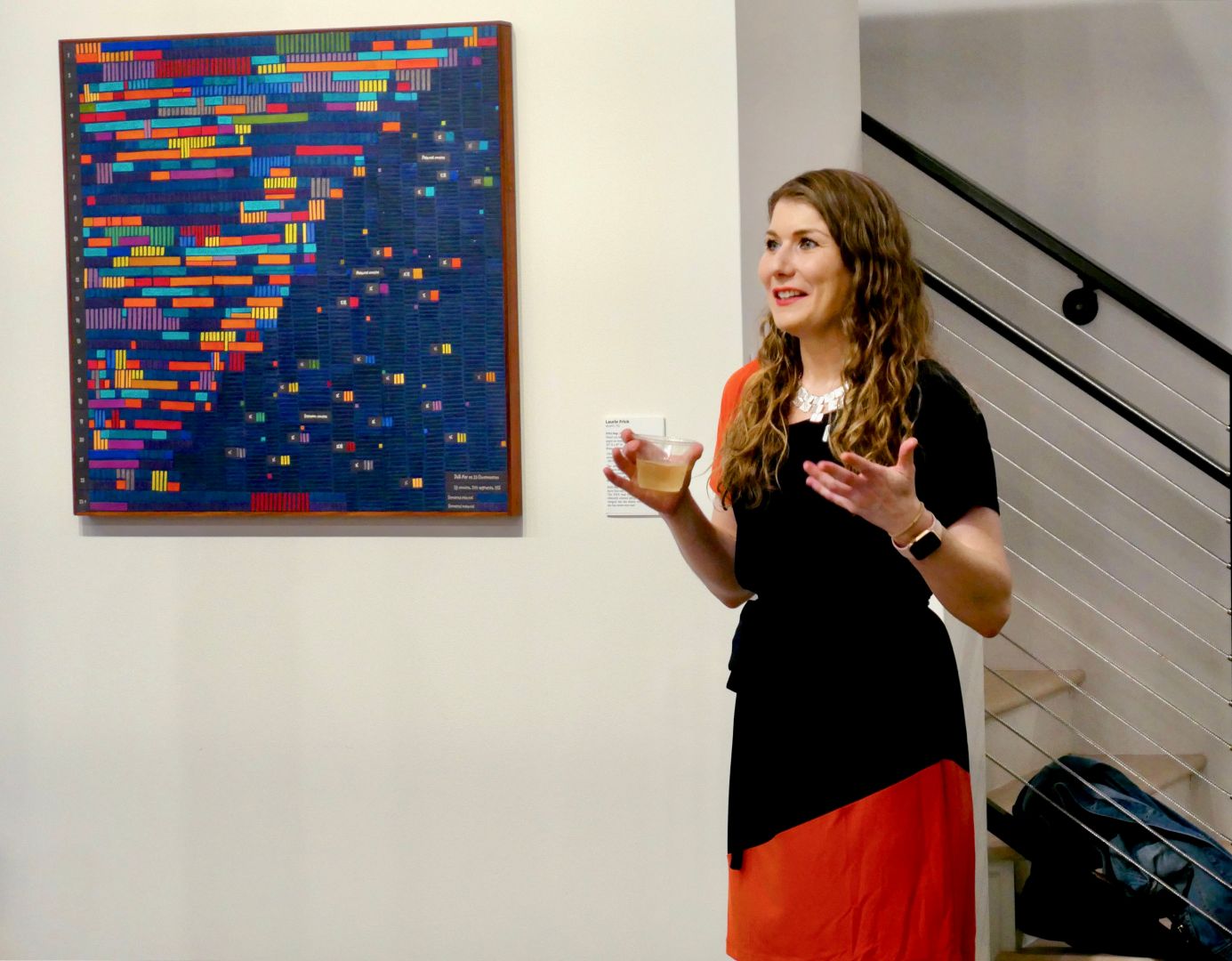

We had the good fortune of connecting with Nicole Lampl and we’ve shared our conversation below.
Hi Nicole, can you walk us through the thought-process of starting your business?
I certainly can’t take credit for starting Woodstock Arts as a whole, which is a multidisciplinary non-profit arts organization made up of 3 departments: visual arts, theater, and a concert series, but I have played a major role in shaping the Reeves House Visual Arts Center from the ground up. The Reeves House building was in the works for nearly a decade, but I was hired only a couple of months before the grand opening – I was fortunate to inherit the fruits of their labor. As the first Director of this brand new space, there was a lot of pressure to fulfill the community’s vision and establish a direction that successfully served both artists and the community at large. My goal was to bring world class art to the suburbs while still creating a welcoming environment that invited people to linger and enjoy. The idea of including the coffee/wine bar was a way to bring people into the space who might not otherwise go out of their way to view art. Many visitors are surprised to see artwork of the same caliber you would expect to find only in major metropolitan areas. It is no small feat to get world renowned artists, like Jim Campbell and Alan Rath, to agree to loan their work to a brand new Visual Arts Center in a small suburb of Atlanta.
My goal with every exhibit is to show something unexpected – whether that’s a robot with pink feathers or a chair made entirely out of paper – and utilize art as a vehicle to explore new ideas, spark discussion, invite questions, and provide insight into different perspectives. All of the exhibitions that I curate weave a coherent narrative that still leaves space for viewers to contribute to a conversation that encourages community engagement. It serves as a way for viewers to discover new things about themselves and the world around them. Making those connections and creating those stories is the most fulfilling part of my job – it’s where the show either dazzles or fizzles, and where the role of the curator really shines. Showing work from artists local to international, and emerging to established, I want to provide a space for diverse voices to be heard. I know a show is successful when people walk away inspired, challenged, and enriched by their experience.
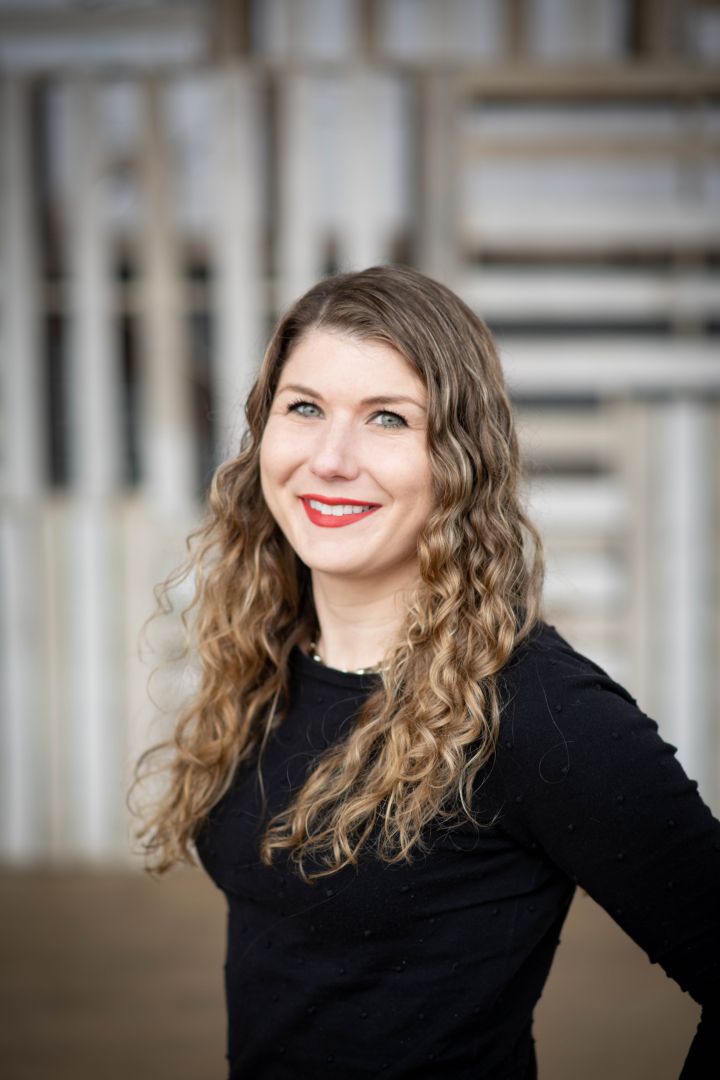
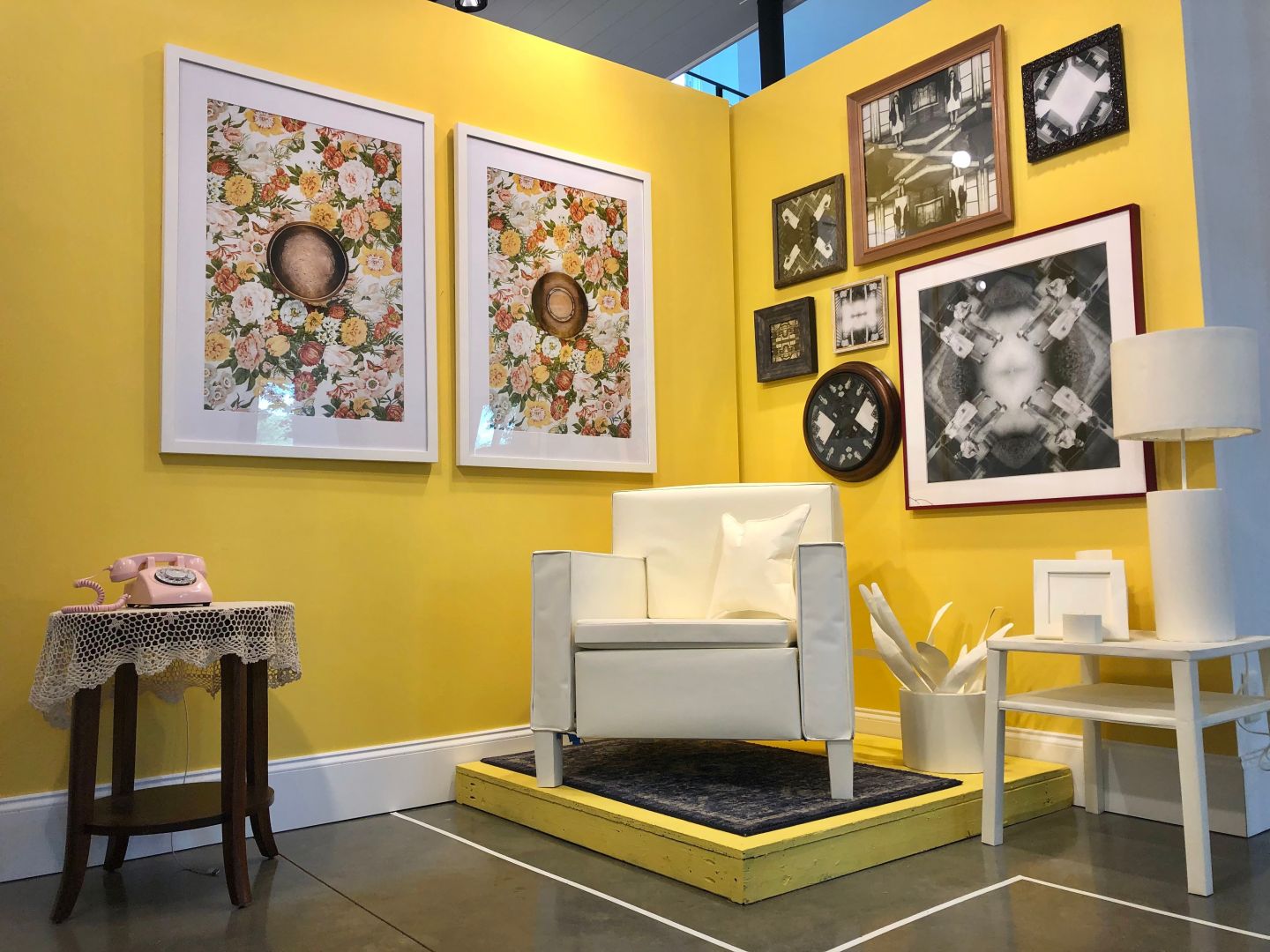

Can you open up a bit about your work and career? We’re big fans and we’d love for our community to learn more about your work.
I would have to say I am most proud of the very first show I curated at the Reeves House, [Re]constructing Home, because of all the obstacles I encountered and the creative problem solving that it required. I was hired only 2 months prior to the grand opening of the new Visual Arts Center, and yet was tasked not only with organizing this first exhibit (which required coming up with a theme, finding artists who fit the theme, performing studio visits, and coordinating all of the shipping), but also coming up with a year’s worth of exhibitions. It seemed like an impossible challenge, but somehow it all came together! I also had to design 6 moveable walls to be custom fabricated. It was an incredibly tight timeline to get them finished before the opening – the walls did not arrive in the space until 6pm THE DAY BEFORE the opening. Then on top of that, it turned out that the walls were half an inch too tall to fit through our doors. We tried every angle imaginable before ultimately using car jacks to lift up the walls (each weighing around 300lbs), take off the casters, slide them through the door on a moving blanket, jack them back up, and then re-install the casters. I wasn’t able to start installing the 40 artworks until about 8pm that night – needless to say, I did not get any sleep until after the opening!
After graduating from UC Berkeley with a degree in Art History and Studio Art, I was fortunate enough to find gainful employment at a San Francisco art gallery. But even before I graduated, I had an internship at a non-profit arts organization and worked part-time at a small gallery in Berkeley. Alongside my full-time gallery job as an Assistant Curator, I pursued a variety of projects independently to expand my experience: volunteering with a non-profit arts organization, freelancing as a curator, and pursuing an art practice of my own. Somehow it never seemed overwhelming because it never felt like work. After several years of experience in various facets of the art world, I decided to further my education, which led me to the MA program at Tulane University in New Orleans. While in graduate school, I worked as a Curatorial Fellow at the New Orleans Museum of Art, and spent a year in Berlin as part of a research fellowship at Freie University.
The most important lesson I’ve taken away from all of this is that working in the art world requires hustle – you can’t wait around for opportunities to find you, you have to get out there and create them yourself. It’s not a linear career path, it requires flexibility, and you have to be willing to go wherever the most promising job opportunity is.
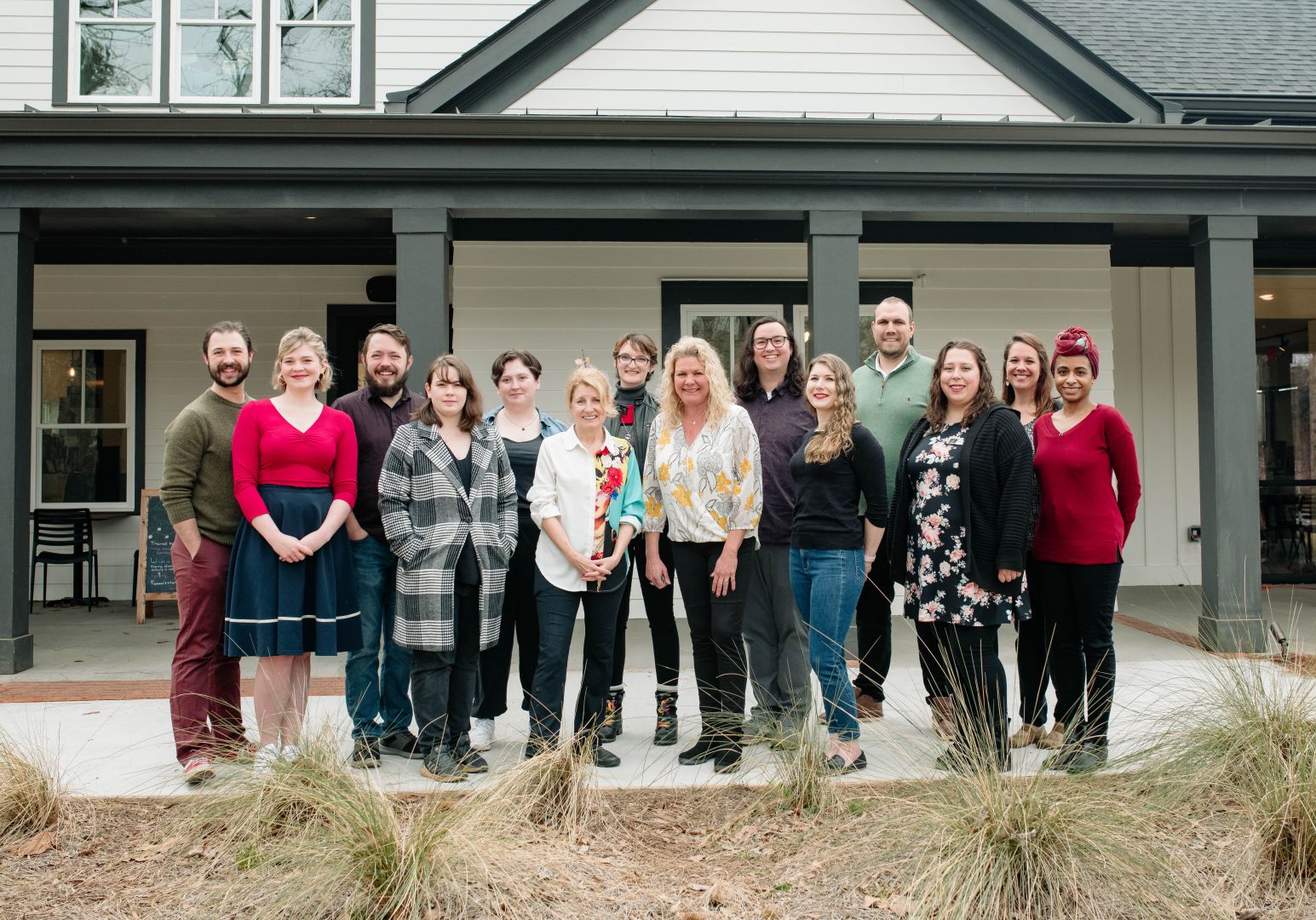
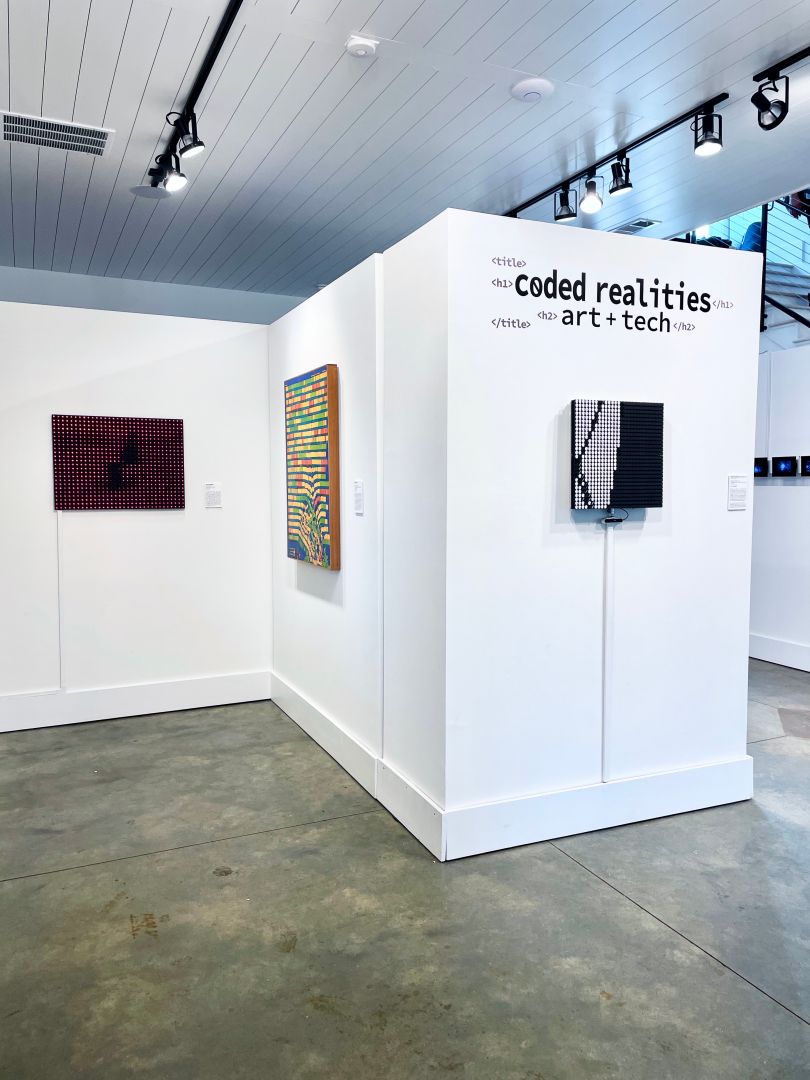
Any places to eat or things to do that you can share with our readers? If they have a friend visiting town, what are some spots they could take them to?
The city of Woodstock is often overlooked as a sleepy town not worth the 30 minute drive from Atlanta, but over the course of the last decade, it has evolved into such a charming and inviting place with so much to offer. I would be remiss not to mention some of the cultural events that Woodstock Arts organizes. On any given week, you could enjoy a night of jazz under the stars after checking out an art exhibit at the Reeves House, attend an eclectic Lantern Series concert outdoors on the green, or see a play at the Woodstock Arts Theater. Enjoying a beer at Reformation Brewery’s outdoor space or a glass of wine on Rootstock’s rooftop bar would be next on the list, followed by a leisurely stroll down Main Street to wander into all of the little boutiques.
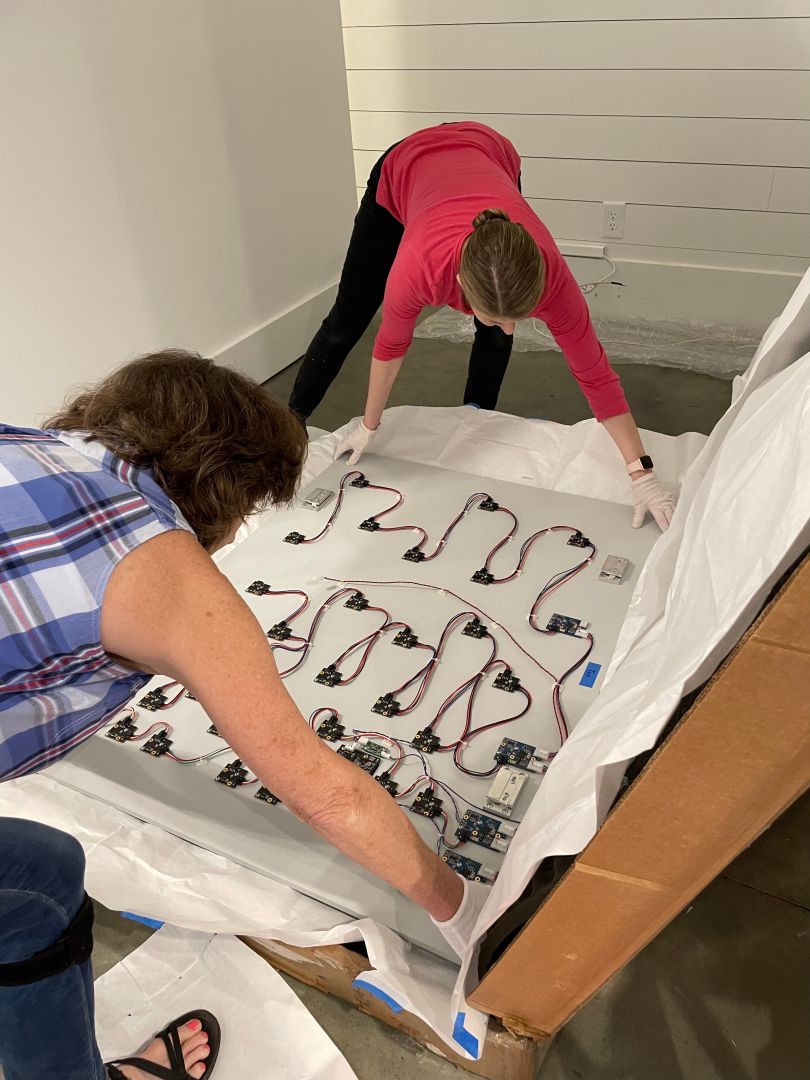
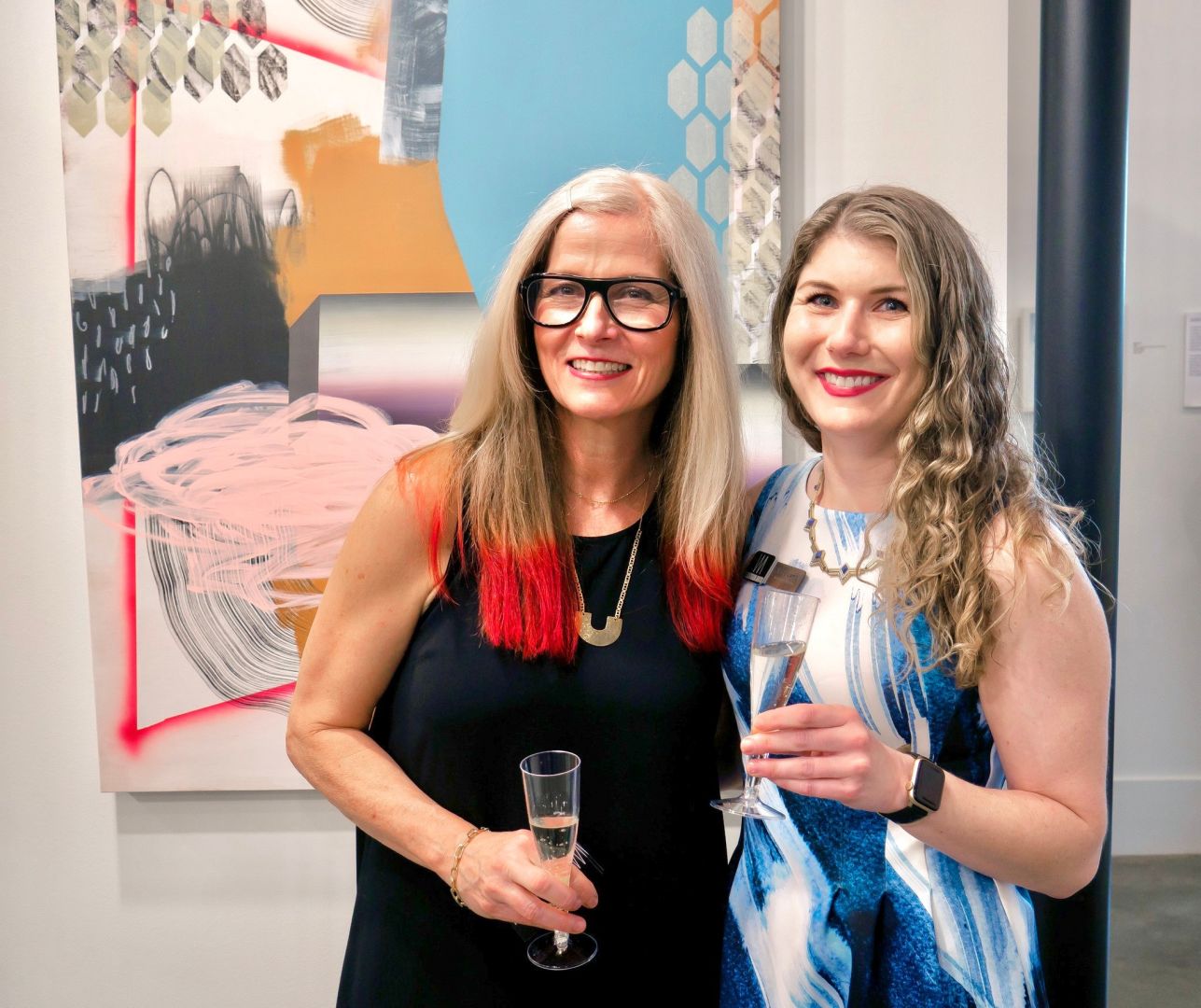
Who else deserves some credit and recognition?
Woodstock Arts is an organization that punches far above its weight, and I’m consistently impressed by the dedication of my coworkers who always go above and beyond. We’re all perfectionists who take a lot of pride in our work. There are too many coworkers to name, but I will single out the Executive Director, Christopher Brazelton, who from the beginning, trusted me to shape this new space and gave me the creative autonomy to pursue my vision. I couldn’t do any of this without the help of volunteers who are so incredibly generous with their time – especially Nancy Nix Jones, Debbie Veith, and Marjorie Boeshans, who are now experts in art installation. My Dad’s unwavering support of my academic and professional career has to be mentioned. Also, the Art History Department at Tulane University that offered me the opportunity to get my Masters in Art History with full tuition remission, a teaching stipend, travel and conference grants, and a year long research fellowship at Freie University in Berlin. And finally, Katie Pfohl, the Curator of Modern/Contemporary Art at the New Orleans Museum of Art, and Dianne Dec from Hosfelt Gallery, who both served as mentors and as role models of female leadership in the art world.
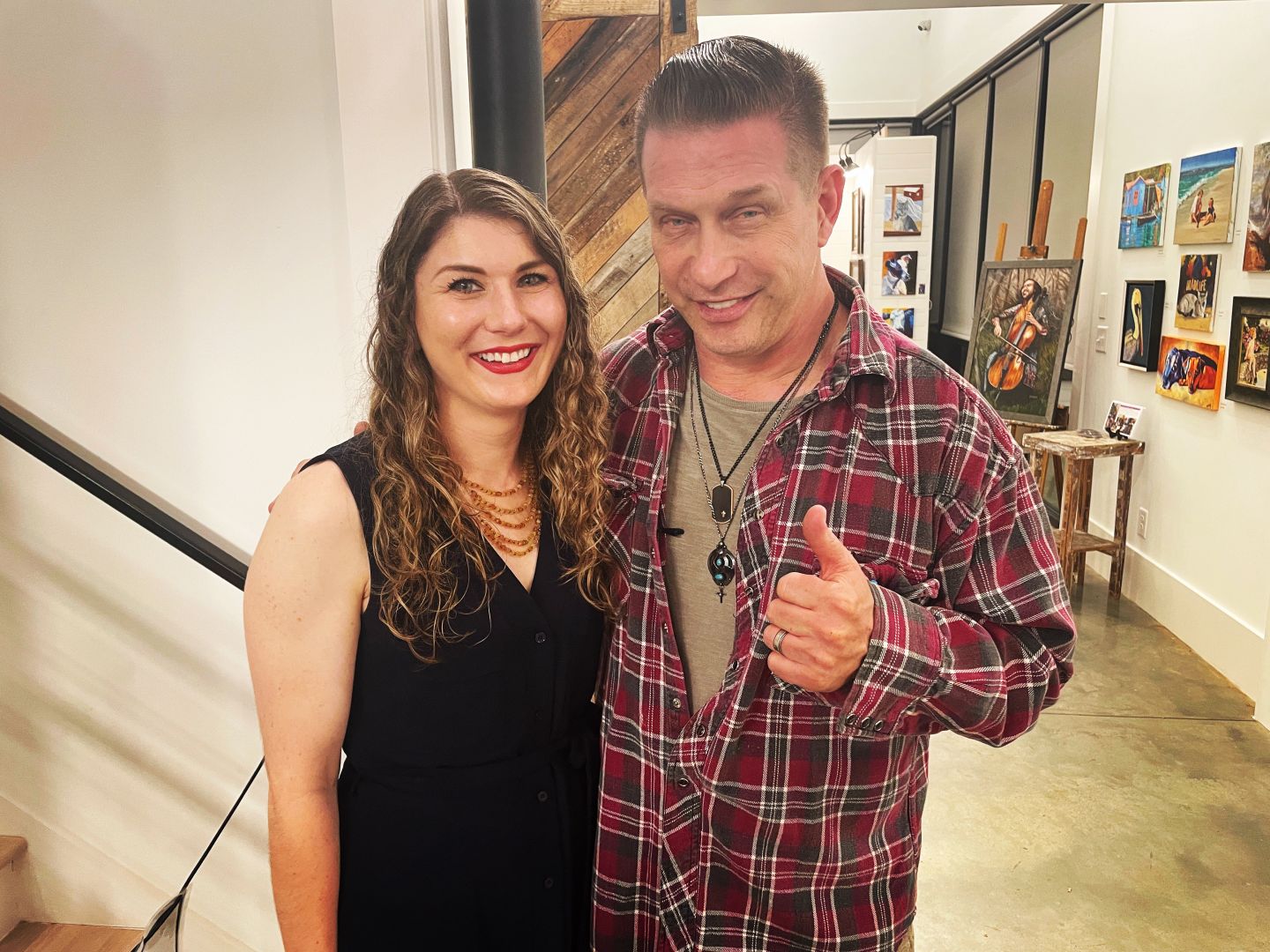
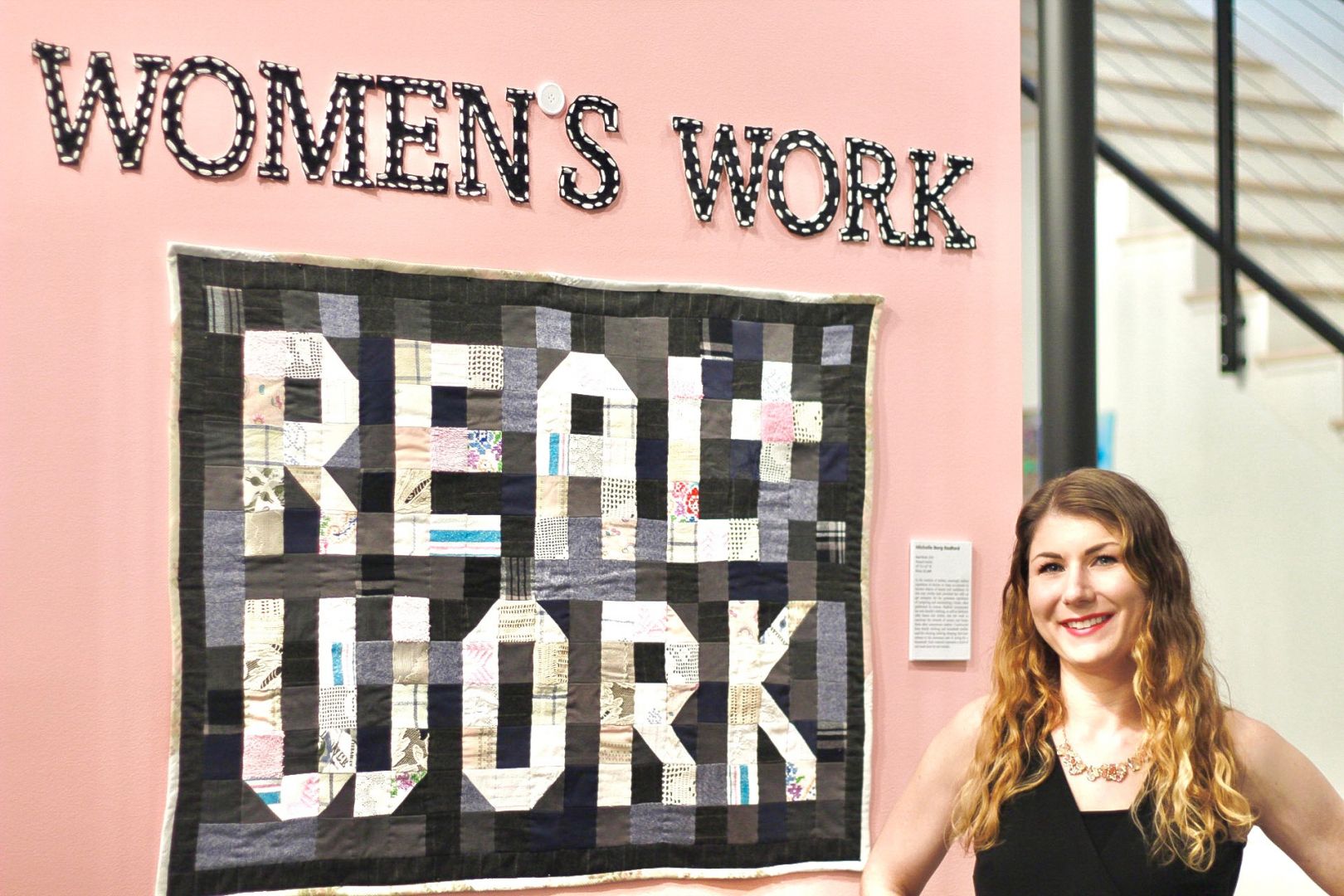
Website: Reeves House: woodstockarts.org / Curatorial Portfolio: nicolelampl.crevado.com
Instagram: @thecuriouscurator_nicole
Linkedin: https://www.linkedin.com/in/nicolelampl/
Facebook: https://www.facebook.com/woodstockarts.reeveshouse
